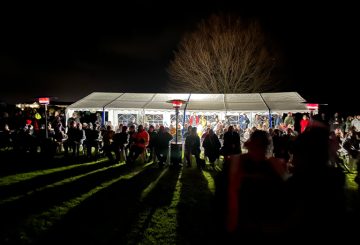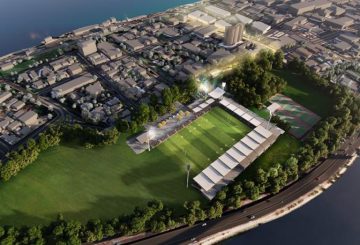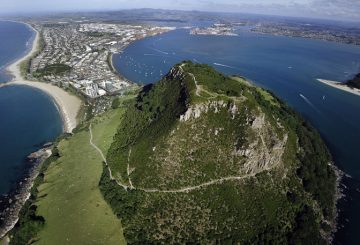그녀는 일하기 위해 태어났습니다.그리고 그녀는 79년 동안 그랬습니다.
그녀는 일한다는 뜻의 웨이터 (Waitere) 라는 이름을 따서 지기도 했는데, 실제로 그렇게 지었습니다.
‘웨이터’는 워프 스트리트 끝에 있는 타우랑가의 코로네이션 피어와 마운트 마운트마웅가누이의 솔즈베리 워프 사이를 오가는 포크너 브라더스의 페리였습니다.그녀는 1944년 픽턴에서 특별히 이 작업을 위해 만들어졌습니다
.
타우랑가 선원 빌 포크너는 “그녀는 예쁘지 않았어요.” 라고 말합니다.
1980년대의 어린 시절, 알리샤 에반스는 웨이터에 있는 마운트마웅가누이에서 항구를 건너 “손녀가 된” 어린 시절을 보냈습니다.
이 할머니는 4월 13일 러셀에서 파이히아 (Paihia) 로 가는 또 다른 건널목에서 5분 동안 충돌을 일으킨 후 베이 오브 아일랜드 해저로 6~8미터 깊이로 가라앉았습니다
.
기적적으로 웨이터의 선장이자 소유주인 빌 엘리엇 (Bill Elliott) 만이 부상을 입었지만 머리와 척추에 심각한 부상을 입었습니다.
웨이테레는 1988년 3월 2천 5백만 달러 규모의 하버 브리지가 개통될 무렵 타우랑가 항구에서 사라졌습니다.
크레딧: sunlive.co.nz






























































